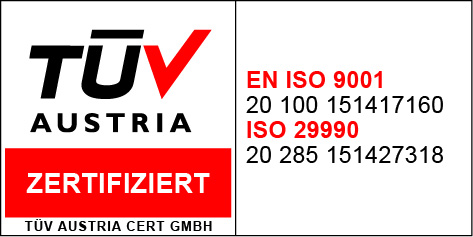CPRM ‐ Certified Project Risk Manager
Course Outlines
Overview
As most projects are unique undertakings, events are said to be certain if the probability of
their occurrence is 100% or total uncertain if the probability of occurrence is 0%. In between these
extremes the uncertainty varies quite widely. The program aims to build up/Improve understanding of
uncertainty and risks, principles and best practices of project management and the essential requirements
for risks to be successfully accounted for and managed.
Who should attend?
• Project Managers and team members who already work in a well-established project management
environment but wish to improve their project risk management processes.
• Members of a project team looking to “jump-start” their risk management on a new and risky
project.
How will this course benefit you?
Upon completion you will be able to:
• Value the importance of including risk management in project planning and execution.
• Apply a common framework of project risk management.
• Facilitate team discussions to identify project risks and opportunities, and formulate risk
responses.
• Use expected monetary value.
• Analyze risks and select response strategies appropriate to priorities and organization risk
tolerances.
Program Outlines
AAPM Certified Project Risk Manager CPRM credential is a response to project management s
increasing growth, complexity and diversity. Globally recognized and demanded, CPRM fills the need for a
specialist role in project risk management. It recognizes your unique expertise and competency in assessing and
identifying project risks, mitigating threats and capitalizing on opportunities, while still possess a baseline
knowledge and practical application in all areas of project management.
An individual who pass the examination can apply post nominal credential CPRM after his/ her name
in resumes and business cards that indicate that the individual possess the competencies and knowledge in
performing the role as a Certified Project Risk Manager.
Chapter 1: Introduction to Project Risk Management
Overview of Project Risk Management
Understanding of the Processes involved in Project Risk Management
Risk versus Investment in a project life cycle
Roles and Responsibilities
Chapter 2: Risk Management Planning
Project Risk Management Framework
Project Risk Management Processes
Inputs into Risk Management Planning
Developing the Risk Management Plan
Chapter 3: Identifying Project Risk
Identifying internal and external risk affecting a project
Risk affecting project scope
Risk affecting scope of the product
Risk arising from subcontracting work
Risk involved with procurement of material and resources
Risk associated with the different types of contracts
Risk Breakdown Structure
Chapter 4: Developing the Risk Register
Definition and Purpose of a Risk Register
Communicating risks to stakeholders
Documenting risks for monitoring and reporting
Developing the Risk Register based on a standard template
Chapter 5: Qualitative Risk Analysis
What is Qualitative Risk Analysis
Tools and Techniques used in Qualitative Risk Analysis
Learn how to use decision tree in analyzing risk
Analyze and prioritize risks via a risk impact table .
Assess project risk using a Probability Impact grid.
Chapter 6: Quantitative Risk Analysis
What is Quantitative Risk Analysis
Tools and Techniques used in Quantitative Risk Analysis
Probability Distribution
Monte Carlo simulation
Delphi technique
Chapter 7: Risk Response Strategies
Implementing risk response strategies
Risk Response goals
Project risk scenarios and response strategies
Risk Triggers, Residual Risks, Secondary Risks
Contingency Reserves
Developing the Risk Response Plan
Certification Summary and Practice Questions
Chapter 8: Risk Monitoring and Control
Identifying emerging project risks
Tools and Techniques
Risk Audits
Risk Reviews
Status Meetings
Tracking and Reporting
